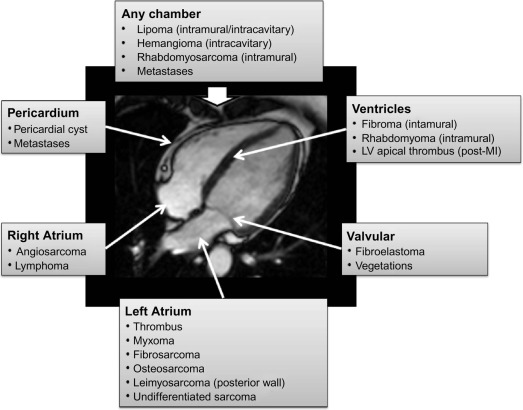
Rhabdomyosarcomas are tumors that develop inside the connective tissue of the body, including bones, muscle, fat, and blood vessels. This tumor starts when abnormal cells in the bone marrow begin to grow uncontrollably. Rhabdomyoid sarcomas (RMS) generally are a form of sarcoma that develops within the skeletal system (voluntary). This form of cancer can cause a wide range of problems.
Typical signs of this condition include: muscle weakness, paralysis, decreased exercise ability, fatigue, difficulty breathing, weight loss, decreased vision, and weakness of bones and joints. Some people may also experience limb pain. Other symptoms can include depression, emotional instability, lack of interest in life, and mental instability.
This form of cancer causes the proliferation of bone growth to other parts of the body. This usually leads to weakening of bones and joints. People with RMS often lack bone mass and are often bedridden due to weak bones. These people will not be able to walk or work on their own and may require serious medical attention. Over time, this condition can lead to serious and even fatal consequences, even if the patient survives the cancer.
Treatment options for RMS vary depending on the type and location of the cancer. If the cancer has spread to the entire bone and / or muscle, surgery and radiation therapy are the most likely options.
When cancer begins within the skeletal system, surgery is usually required to remove part of the affected bone. This will allow doctors to treat the tumor without harming the surrounding tissue. Bones can also be removed with radiation therapy, chemotherapy, or a combination of both. Some patients with RMS may require a combination of surgery and radiation therapy. This combined method allows doctors to treat both bone and tumor at the same time.
In addition to surgery and radiation therapy, doctors may also inject medicines into the tumor to kill or prevent it from growing any further. Sometimes, surgery will also involve removing part of the bone and soft tissue and placing it inside of the body of the cancerous area. Chemotherapy is often used for patients who do not respond to radiation therapy.
Patients should talk to their doctors about the treatments they are considering and explore all options before making a final decision about treatment. Some medications may have side effects. Patients should also discuss the possible risks and benefits of the treatments with their doctors, and the possibility of trying alternative treatments or therapies. Some patients may be able to have both surgeries and/or chemo or radiation therapy together. Patients may also have to have both procedures performed under the care of a team of doctors.
Patients who have been diagnosed with RMS should talk to their doctors about the different types of treatments and ask about the side effects of each one
They should also research treatment options, and find out what is available to treat them as well as the costs involved with each option.
Surgical resection is a common procedure for patients with small tumors. Small tumors can sometimes be removed with the help of general anesthesia or general anesthetic.
Radiation therapy and chemo may also be used in combination to treat small tumors. Radiation therapy is often used for large tumors and in conjunction with chemotherapy.
Patients with RMS should keep in mind that most of the treatments that doctors use will have side effects. The side effects will depend on how advanced the disease is and how much the tumor has been affected.
The best thing to do for the patient is to follow the doctor's orders closely and follow any medications that are prescribed. When symptoms persist or become worse, the patient should talk with a doctor.
